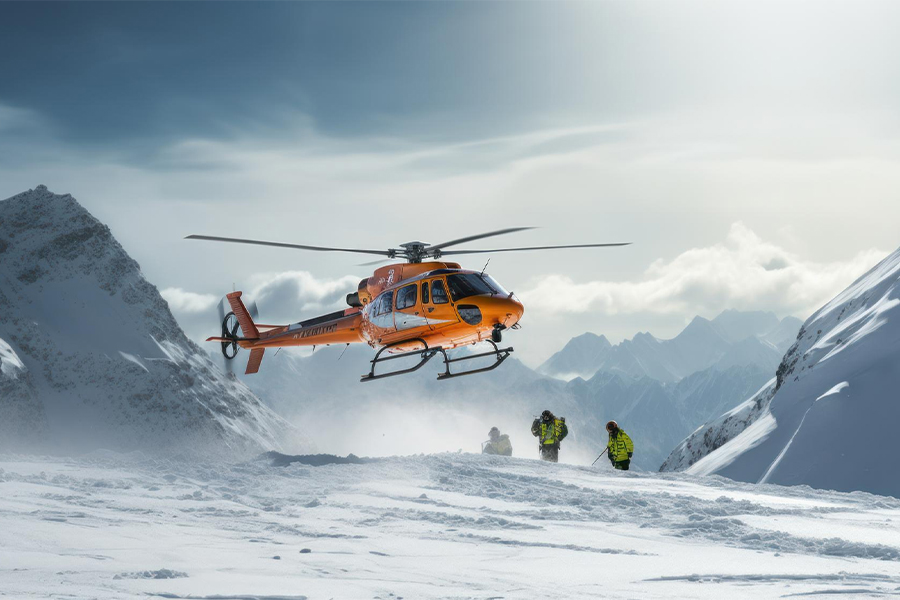The operational cost of flying a rescue helicopter can vary widely depending on several factors, including the geographic location of the rescue operations, the specific rescue mission, the type of helicopter used, the distance travelled, the accessibility and location of the victim, fuel costs at the time, crew expenses, maintenance costs, insurance, and other operational costs that all contribute to the per hour cost of the helicopter.
Various independent sources estimate a rescue helicopter can range from $1,200 to $3,000 per hour, while larger, more specialized coastguard/military helicopters can cost significantly more to operate.
In search and rescue operations, one factor that determines the cost of a rescue is how long the search lasts. A two-hour search with a volunteer SAR team could cost between $500 and $800 per hour, while a five-day extensive search could cost as much as $200,000, using a helicopter could add $80,000 alone to the bill.
Minimising needless helicopter flights reduces rescue costs, along with the additional unnecessary risk to the pilots and crew in these operations. Rescue helicopters will always be needed in some rescue/recovery circumstances to successfully extract victims from remote mountain environments, but the possibility of guiding victims to walk towards rescue teams, and guiding ground crew to locate victims under the correct circumstances will reduce the cost and unnecessary risk of rescue missions.
Using a IMSI cell phone locator which mimics a cell phone base station, mobile GSM devices act as a vital rescue beacon and are persuaded to authenticate and provide enough important information for rescue teams to successfully locate lost or injured individuals, guiding relevant skilled rescue teams and personnel to the area for quick extraction or provide required medical treatment onsite without utilising unnecessary resources such as helicopters, emergency services, vehicles, additional teams, etc., that can be either utilised elsewhere or stood down, minimising needless risk to individuals and unnecessary expense.
IMSI Cell phone locators can be deployed in helicopters to support timely victim location but they can also be deployed on a drone/UAV or used in a backpack, where the IMSI Cell phone Locator can pinpoint where missing people are by pinpointing personnel GSM phones and devices of victims and even communicating with them where there is no traditional phone network coverage. Units can be controlled by rescue teams on the ground or from a centralised rescue centre.
The cost of such equipment and the requisite training of the rescue team to use such products could be easily paid from the cost savings of one or just two rescue helicopter operations.


